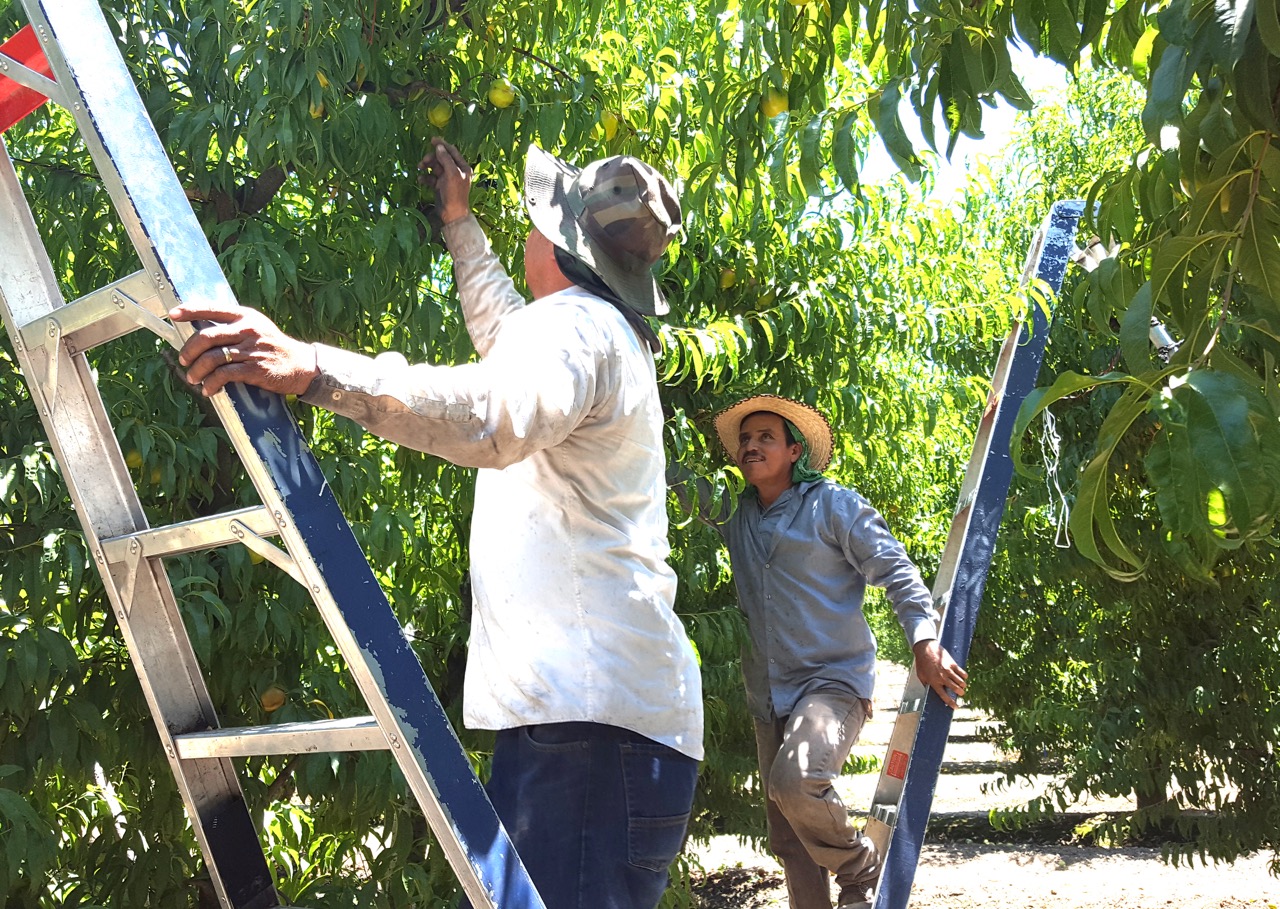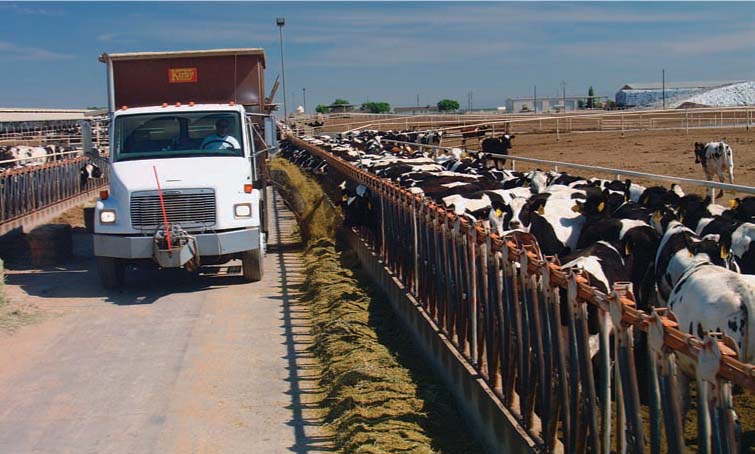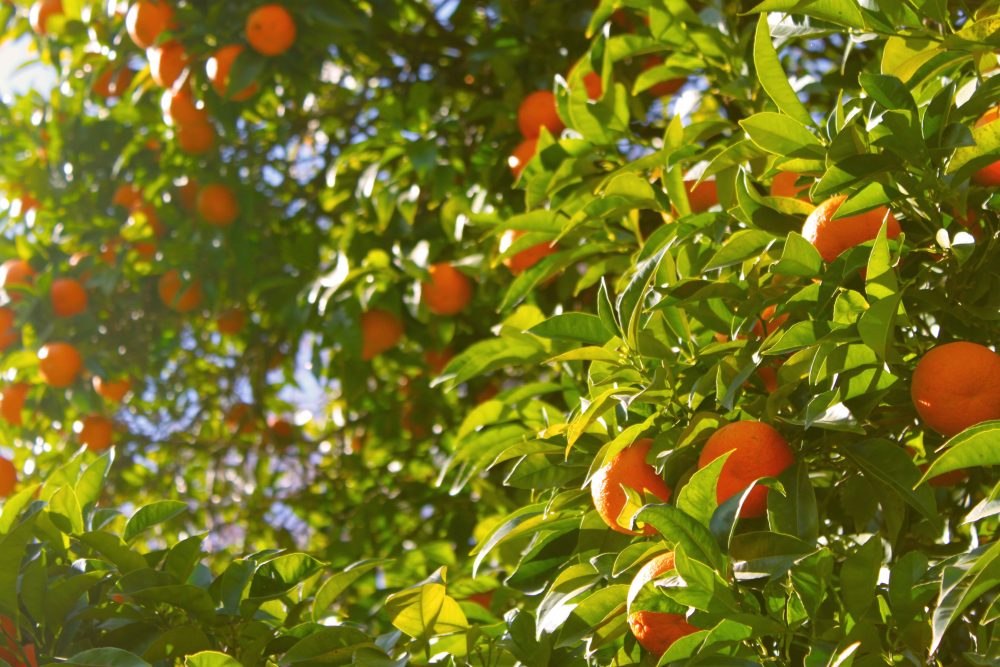Unified Wine Symposium Showcased Trends
Wine Industry Gathered in Sacramento
By Muriel Bañares Miller, Brown·Miller Communications
Every facet of the wine and grape industry, from science and technology to trends and markets, was examined and discussed at the 25th Unified Wine & Grape Symposium (Unified), which wrapped up Jan. 31
The largest wine and grape trade show of its kind in the Western Hemisphere, the Unified drew thousands of industry professionals from all over the world eager to hear about the impact of regulatory changes, trends, technology, research, and issues shaping their business decisions.
Presented by two nonprofit organizations, the American Society for Enology and Viticulture (ASEV) and the California Association of Winegrape Growers (CAWG), the Unified’s comprehensive format responds to the wine and grape industry’s critical need for information, discussion and connections.
“If you want to understand what’s happening in the industry and how to stay competitive, the Unified is the place to be,” said John Aguirre, CAWG president. “The Unified draws nearly 14,000 from all over the globe, including exhibitors from nearly 30 countries. For 25 years, the Unified is where industry leaders and professionals meet to discuss the latest news and share strategies for staying abreast of changing markets, technologies and regulations.”
Put on by the industry for the industry, the three-day conference draws on some of the most respected industry experts. The three days of sessions included 26 presentations and panel discussions organized by a diverse panel of volunteers who recruited nearly 100 experts to speak on topics ranging from digitalization in the vineyards to how cannabis is affecting the wine industry. Complementing those talks was a two-day, 170,000-square-foot trade show that housed nearly 700 exhibitors.
In 2020, the Unified will be at Cal Expo, a temporary host site, due to the Sacramento Convention Center’s large-scale renovation that will close it down starting this summer. With the Unified set for February 4-6, Cal Expo will provide an alternative to the Convention Center with ample space, parking and facilities for a conference of Unified’s size.
“Cal Expo, as a premier regional event facility, is excited to host the Unified Wine and Grape Symposium in 2020,” says Rick Pickering, CEO and General Manager of California Exposition and State Fair. “We look forward to working with Unified and the City of Sacramento to make the transition extremely smooth and the 2020 show a huge success.”
The organizers of the Unified share that optimism.
“We are confident that, while the 2020 show will have a slightly different feel, the quality of exhibits, presentations and networking opportunities will again deliver an invaluable service to all of our guests and the industry,” says ASEV Executive Director Dan Howard. “We’re excited to return to the newly renovated Sacramento Convention Center in 2021. It will offer opportunities for expansion, including additional nearby hotels.”























